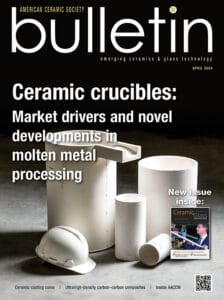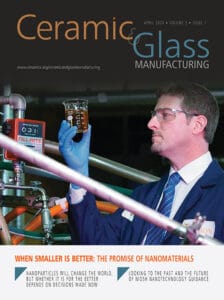 Heike Ebendorff-Heidepriem received the Ph.D. degree in chemistry from the University of Jena, Germany, in 1994. During 2001–2004, she was with the Optoelectronics Research Centre at the University of Southampton, U.K. Since 2005, she has been with the University of Adelaide, Australia. She currently leads the Fibers and Photonics Materials Research Group and is the Deputy Director of the Institute for Photonics and Advanced Sensing. She is also the Director of the Adelaide University Optofab Hub of the Australian National Fabrication Facility (ANFF) and Senior Investigator of the ARC Centre of Excellence for Nanoscale BioPhotonics (CNBP). Her research focuses on the development of novel optical glasses, specialty optical fibers, hybrid glasses and fibers, surface functionalization and sensing approaches. She received the Weyl International Glass Science Award and the prestigious Marie Curie Individual Fellowship of the European Union in 2001.
Heike Ebendorff-Heidepriem received the Ph.D. degree in chemistry from the University of Jena, Germany, in 1994. During 2001–2004, she was with the Optoelectronics Research Centre at the University of Southampton, U.K. Since 2005, she has been with the University of Adelaide, Australia. She currently leads the Fibers and Photonics Materials Research Group and is the Deputy Director of the Institute for Photonics and Advanced Sensing. She is also the Director of the Adelaide University Optofab Hub of the Australian National Fabrication Facility (ANFF) and Senior Investigator of the ARC Centre of Excellence for Nanoscale BioPhotonics (CNBP). Her research focuses on the development of novel optical glasses, specialty optical fibers, hybrid glasses and fibers, surface functionalization and sensing approaches. She received the Weyl International Glass Science Award and the prestigious Marie Curie Individual Fellowship of the European Union in 2001.
Title: Nanocrystal doped glass and fibers: Fabrication challenges and opportunities for novel photonics applications
Abstract: An intriguing approach to imbue glass with unique photonic properties is the creation of luminescent nanocrystals in glass and fiber. This is achieved either by direct doping of ex-situ prepared nanocrystals into glass or by in-situ growth of nanocrystals in the glass. This paper will present recent progress on direct doping of upconversion nanocrystals for fundamental investigations and diamond nanoparticles for magnetic field sensing as well as precipitation of gold nanoparticles for plasmonic-based applications. The ex-situ technique of direct doping of nanocrystals has the challenge of balancing the undesired dissolution of the nanocrystals with the required dispersion of the nanocrystals in the glass matrix during glass processing at elevated temperature. The advantage is the unprecedented control of the nanocrystal type and location as demonstrated for fibers with intrinsic magnetic field sensitivity. The in-situ growth of nanocrystals has the challenge of engineering the glass composition to achieve controlled precipitation of the nanocrystals at elevated temperature. A novel method of controlling the size and concentration of gold nanoparticles in tellurite glass paved the way to extraordinary tuning of plasmonic effects.
Subscribe to Ceramic Tech Today

Don’t miss the latest ceramic and glass materials news. Receive the CTT newsletter to your email three times a week by subscribing at this link.
Subscribe to Ceramic & Glass Manufacturing Weekly

Don’t miss the latest ceramic and glass business news. Receive the C&GM Weekly newsletter to your email every Monday by subscribing at this link.


